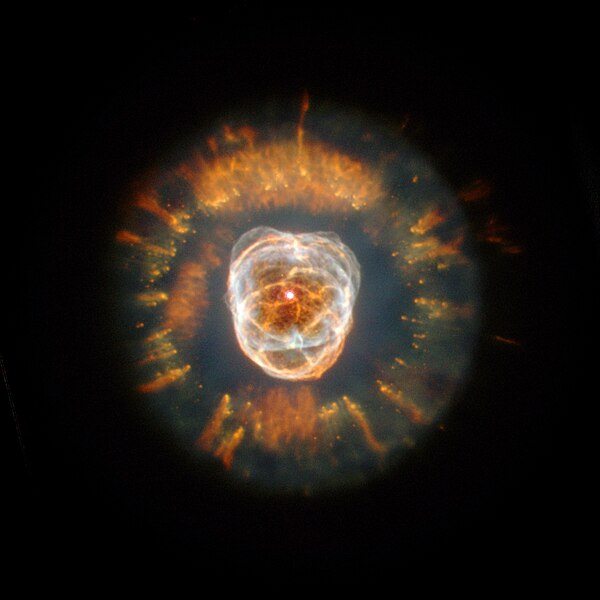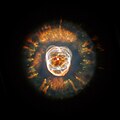Datoteka:Ngc2392.jpg
Prijeđi na navigaciju
Prijeđi na pretragu

Veličina ovog prikaza: 600 × 600 piksela. Druge rezolucije: 240 × 240 piksela | 480 × 480 piksela | 768 × 768 piksela | 1.024 × 1.024 piksela | 1.500 × 1.500 piksela.
Izvorna datoteka (1.500 × 1.500 piksela, veličina datoteke/fajla: 1,16 MB, MIME tip: image/jpeg)
Historija datoteke
Kliknite na datum/vrijeme da biste vidjeli tadašnju verziju datoteke.
| Datum/vrijeme | Minijatura | Dimenzije | Korisnik | Komentar | |
|---|---|---|---|---|---|
| aktualna | 14:34, 28 juli 2005 |  | 1.500 × 1.500 (1,16 MB) | Startaq | |
| 19:20, 1 februar 2005 |  | 320 × 259 (12 kB) | CWitte | Eskimo nebula |
Upotreba datoteke
Sljedećih 2 stranica koriste ovu datoteku:
Globalna upotreba datoteke
Ovu datoteku upotrebljavaju i sljedeći projekti:
- Upotreba na projektu af.wikipedia.org
- Upotreba na projektu ar.wikipedia.org
- Upotreba na projektu arz.wikipedia.org
- Upotreba na projektu ast.wikipedia.org
- Upotreba na projektu az.wikipedia.org
- Upotreba na projektu be.wikipedia.org
- Upotreba na projektu bg.wikipedia.org
- Upotreba na projektu bn.wikipedia.org
- Upotreba na projektu bs.wikipedia.org
- Upotreba na projektu ca.wikipedia.org
- Upotreba na projektu ce.wikipedia.org
- Upotreba na projektu cs.wikipedia.org
- Upotreba na projektu cv.wikipedia.org
- Upotreba na projektu da.wikipedia.org
- Upotreba na projektu de.wikipedia.org
- Upotreba na projektu diq.wikipedia.org
- Upotreba na projektu el.wikipedia.org
- Upotreba na projektu en.wikipedia.org
- Planetary nebula
- Compact object
- Eskimo Nebula
- List of planetary nebulae
- User:Anticipation of a New Lover's Arrival, The/Galleries/Awards
- Caldwell catalogue
- Herschel 400 Catalogue
- User:Reginhild
- Wikipedia:Featured picture candidates/May-2007
- Wikipedia:Featured picture candidates/Eskimo Nebula
- User:Reginhild/Userboxes/Space Scientist
- Gemini (constellation)
